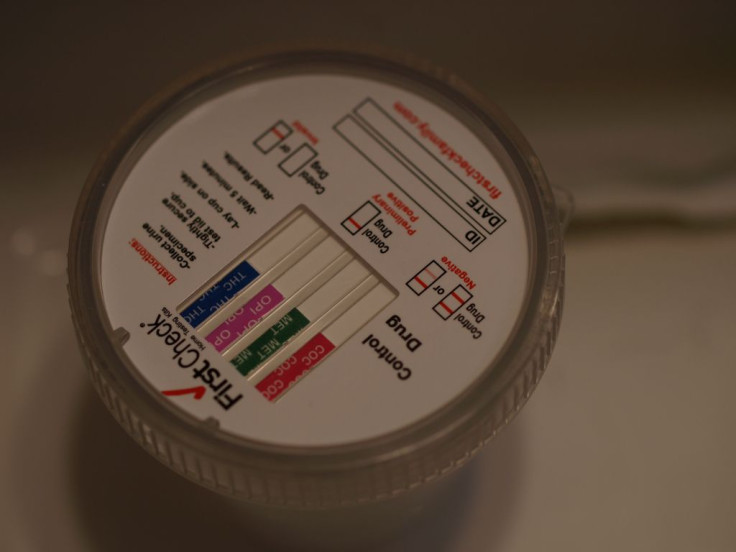Party Pill Test That Can Detect Even Low Levels Of ‘Club Drugs’ Could Help Reveal Dangerous Drug Trends

Ketamine has become increasingly popular in clubs around the world thanks to its hallucinogenic effects. The drug, which is used in the veterinary field as an animal tranquilizer as well as for general anesthesia, also recently moved into the nefarious realm of “date-rape” drugs. Now, a recent study published in the Journal of Chromatography B details a new drug test that can be used to identify even trace amounts of these club drugs in urine and plasma. This could help authorities keep up with ever-changing trends in drug use.
"These drugs are difficult to analyze — we see a lot of versatility in the molecules and new drugs are appearing almost every month; traffickers are always one step ahead of the authorities," said Dr. Eugenia Gallardo, lead author of the study from Universidade da Beira Interior in Portugal, in a statement. "Analytical methods for detecting drugs in biological samples play a decisive role, and their reliability is a matter of great significance in forensic and clinical toxicology."
Gallardo and his colleagues developed their new test with a technique commonly used in drug detection, fire investigation, and environmental analysis known as gas chromatography-tandem mass spectrometry (GC-MS/MS). There is currently no standard screening test capable of detecting ketamine or any other club drug. Due to an inability to identify or analyze these drugs, authorities have been unable track modifications to new products, which could contain deadly ingredients.
Researchers were able to extract ketamine and the substance produced when it breaks down, norketamine, from 0.25 milliliters of urine and plasma samples. The test, which only took around 30 minutes from start to finish, was able to detect amounts of ketamine as low as 5 nanograms per milliliter. People hospitalized due to ketamine intoxication often exhibit the same symptoms as people with alcohol intoxication which often leads to patients receiving the wrong treatment.
"These low limits of detection and the quite high amounts of the compounds extracted from very small samples make this procedure suitable for laboratories performing routine analysis in the field of forensic toxicology," Gallardo added. "Compared with existing methods, our new procedure is faster and more cost effective."
In spite of its potentially dangerous ingredients and use as a date rape drug, a series of recent studies show that ketamine could be used as medication for depression and bipolar disorder. A study out of the University of Texas Southwestern Medical Center even found “rapid” antidepressant effects in depressed patients treated with ketamine. Removing any pesky dangerous ingredients is the next step in turning ketamine into a treatment for depression.
Source: Moreno I, Barroso M, Martinho A, Cruz A, Gallardo E. Determination of ketamine and its major metabolite, norketamine, in urine and plasma samples using microextraction by packed sorbent and gas chromatography-tandem mass spectrometry. Journal of Chromatography B. 2015.



























